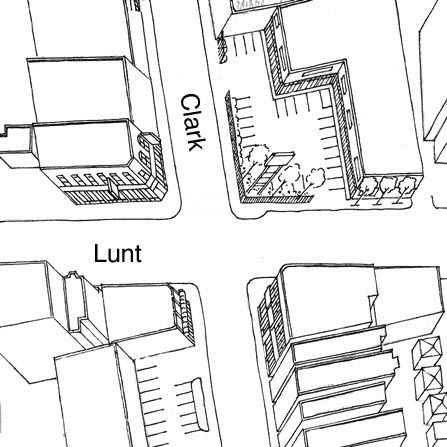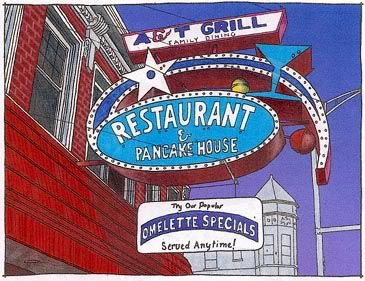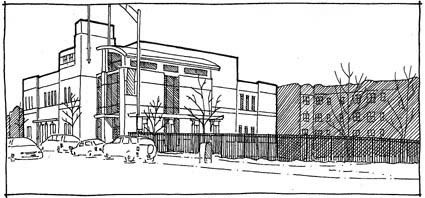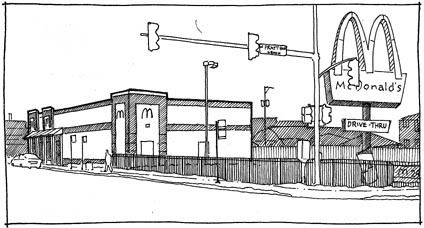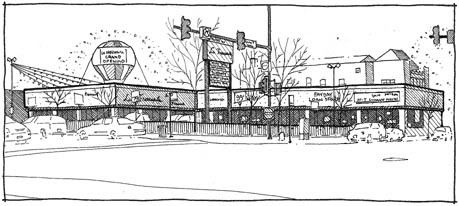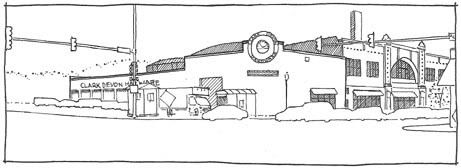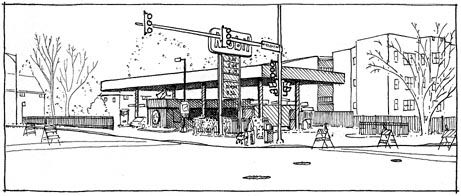Built: 1920
Edward Bennet, architect
Thomas G. Pihlfedlt, engineer
Hugh Young, engineer
This is the northeast bridge house of the Michigan Avenue Bridge, completed in 1920. This bridge basically opened up the north side of the river for development, which eventually transformed from quiet Pine Street to the Magnificent Mile.
All four bridge houses have high relief sculptures incorporated into the structure. This one is called "The Discoverers" and shows LaSalle, Marquette and Joliet being guided by an armored angel carrying the torch of knowledge. Or something like that. First-rate propaganda.
Edward Bennet, architect
Thomas G. Pihlfedlt, engineer
Hugh Young, engineer
This is the northeast bridge house of the Michigan Avenue Bridge, completed in 1920. This bridge basically opened up the north side of the river for development, which eventually transformed from quiet Pine Street to the Magnificent Mile.
All four bridge houses have high relief sculptures incorporated into the structure. This one is called "The Discoverers" and shows LaSalle, Marquette and Joliet being guided by an armored angel carrying the torch of knowledge. Or something like that. First-rate propaganda.














